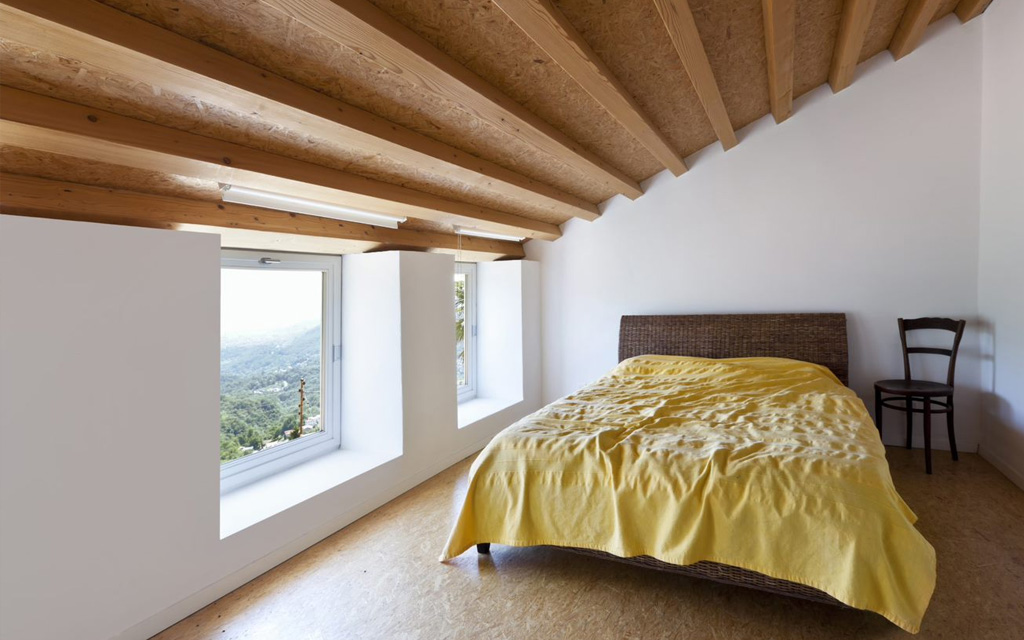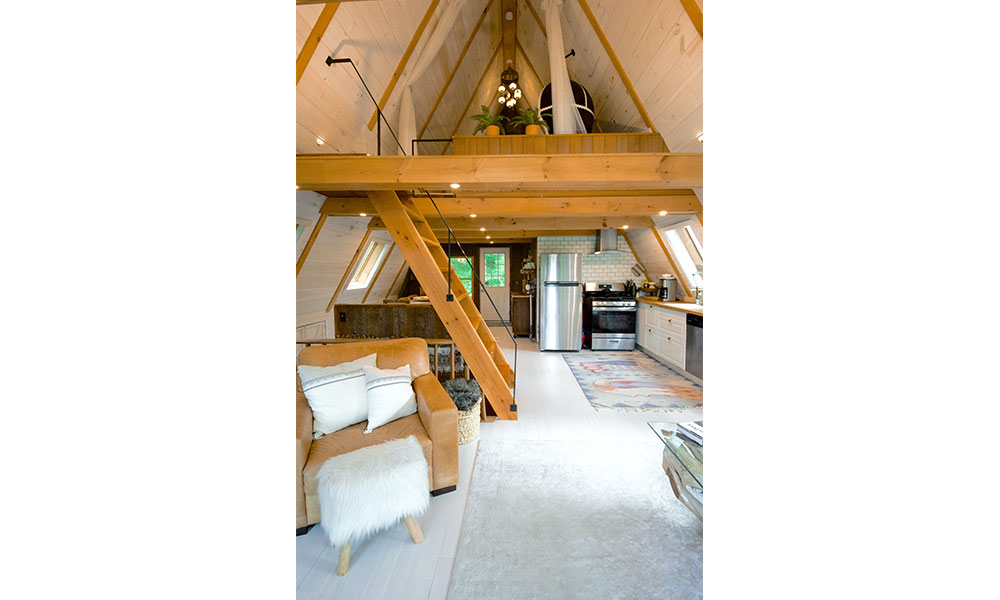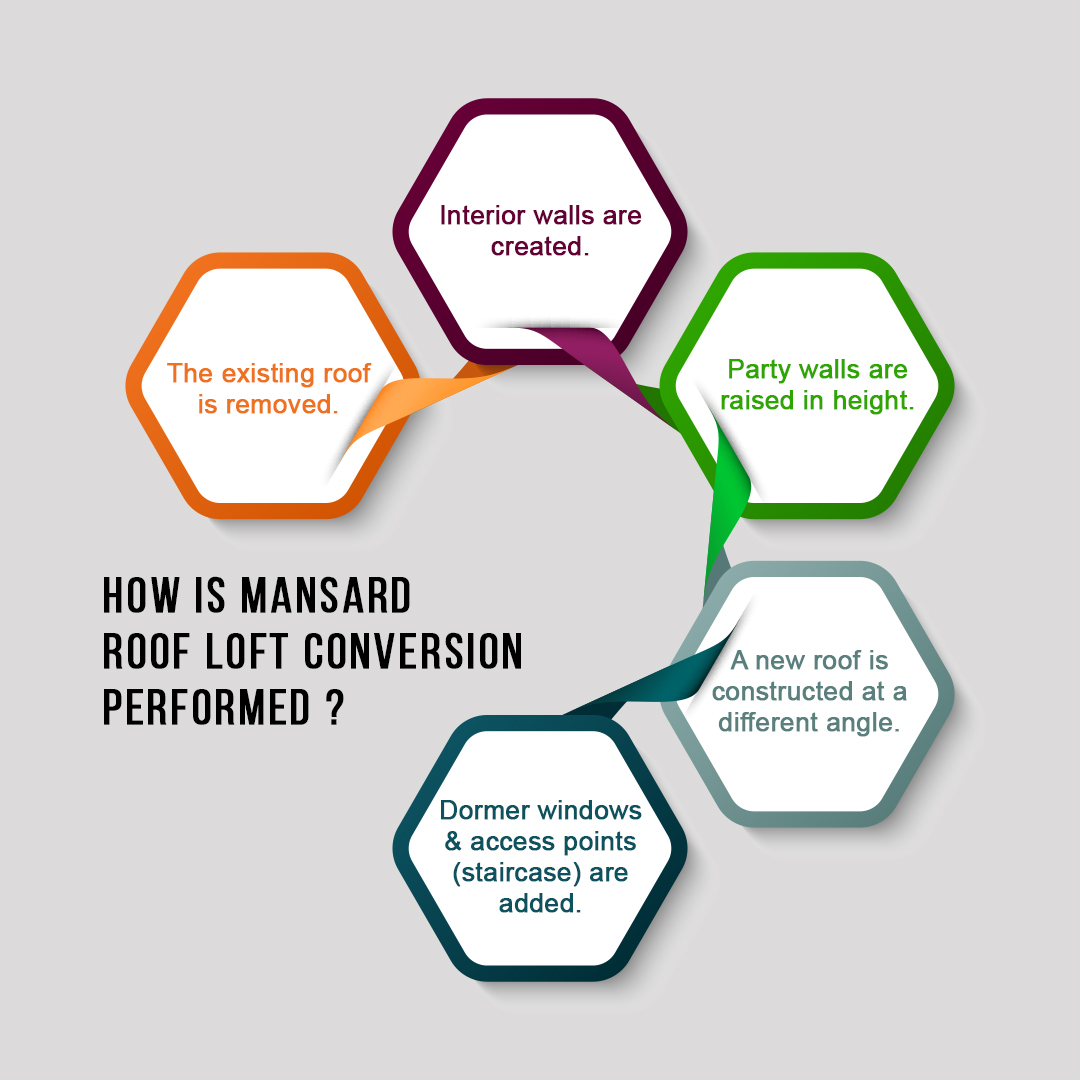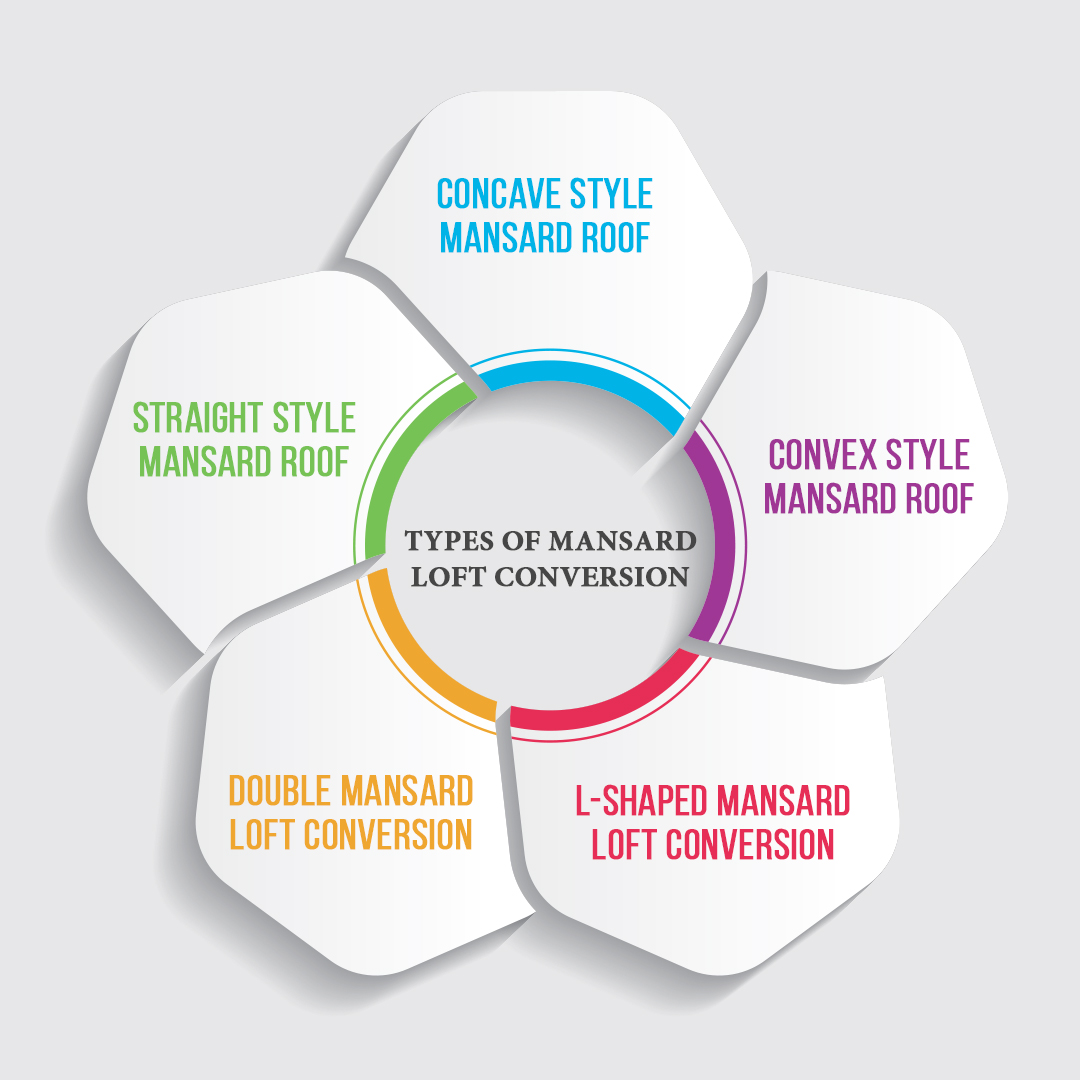Introduction
Congratulations! You have made a very wise decision to go for a loft conversion.
Loft conversions are a great way to add livable space to your home rather than shifting or encroaching your garden area.
But, it may happen that you have a small roof which makes it impossible to convert into a full-fledged bedroom.
Don’t feel disappointed if your loft has a small footprint. For a loft conversion to happen, the height of the loft needs to be just 2.4m.
Let’s have a look at how you can get benefitted from loft conversion ideas for small lofts and make the best possible usage of your attic space.
What is small loft conversion?
Loft conversions are a quick method to add good living space to your home without compromising external or outdoor areas as well as the best alternative to shifting.
Small loft conversion also turns out to be fabulous and is worth every penny a sit brilliantly adds cosy places to your home that are absolutely stunning.
It can be a bedroom, library, den, home office, library and much more.
Worried about the trusses in your loft? Don’t worry!
The loft conversion specialists can replace these with solid alternatives such as steel or timber and make your loft conversion structurally sound.
Benefits of loft conversion
Small loft conversion design ideas are increasingly becoming popular in all parts of the UK.
The prime reason is that this loft conversion not only adds space but also increases the property value by a minimum of 20%.
The best part that small loft conversion ideas are loved by people as it doesn’t requires any formalities such as planning permissions.
As long as the loft conversion stays within the limit i.e. adding 40 cu.m. for a terraced home and 50 cu.m. for a detached house, planning permissions are not required.
The extra space created makes your home more energy-efficient. The roof lights aim for better ventilation and natural light.
The extra insulation added to the home will help you cut down your utility bills for sure.
Types of loft conversion
Depending on your requirements, space analysis and budget you can go for any of the following popular small loft conversions.
- Velux or rooflight loft conversion
This is one of the most affordable loft conversions that include installing skylight windows into your loft slopes along with a staircase to make the place accessible.
- Dormer loft conversion
Dormer loft conversion means including a dormer or a box-shaped thing added to the slope on the rear side of the house.
- Hip-to-gable loft conversion
This is suitable for homes having a hipped slope. Here one of the hipped ends is extended along the ridgeline to construct a vertical gable wall at the other end.
- Mansard loft Conversion
Mansard loft conversion involves major alterations to the roof but results in a beautiful space that you’ve always imagined.
Let’s have a look how you can get the best out of the small loft conversion
Making your small loft appear big is all about getting the design right. Connect with the professional small loft conversion companies that will help you deliver the best usable design.
- Don’t ignore large Furniture items
Well, you may think that a large piece of furniture may dominate the room but getting a larger one rules out the need for small items that are required in the periphery.
Carefully selecting the furniture helps you mark a maximum impact.
- Go for bespoke units
You need to be innovative while selecting the furniture for your small loft.
Rather than buying pre-made, refer going for bespoke ones as they help in minimizing clutter and ensure maximum space utilization.
- Install Dormer Windows
By selectively using dormer windows, you can actually create great living space in your small loft.
- Use Mirrors for more illumination
Small loft conversion designs can be a little dull and turn the space dark. For that, it’s better to maximize the light.
Avoid going for heavy and dark shades of furniture or wall paints. Installing mirrors strategically could increase the reflection and hence brightly illuminate the room.
Things to consider for small loft conversion
There are certain things that you need to consider before undergoing a small loft conversion.
Professionals from a loft conversion company could prove beneficial in helping you out to decide how and which loft conversion can take place.
Have a look at some of the factors that you need to consider before selecting your favourite small loft conversion design ideas.
Head height
To determine whether your loft s suitable for conversion, you need to make sure that your loft has a minimum head height of 2.4 m.
Anything less would require either extension of the roof or lowering down of the ceiling of the first floor.
Type of roof
If you have trusses, then removing them may require additional structural support to your home, this, in turn, may increase the expenses.
Location of staircase
Don’t leave the staircase to the end or till the final stages of the project.
It’s always better to plan the space for your attic space as it may take up some space from the newly built room.
What can you do with small loft conversion?
A loft conversion can actually maximise your small space and add tremendous value to your place.
Here are some of the ideas to get inspiration from and start with your small loft conversion today!
Home Office
With more and more workforce working from home due to the upheaval caused by the pandemic, converting your attic space into a home office is an ideal way to say goodbye to distractions.
Bathroom
Felt a need for a second bathroom?
What could be a better option than converting your unused attic into a beautiful and relaxing shower space!
Wardrobe Storage Space
Are your clothes and other things making your room appear untidy, messy and cluttered?
It signals you need an extra wardrobe space. Your loft area turns out to be a great place to install bespoke wardrobes that match your style and lock up the things there.
Spare Bedroom
Lofts tend to serve a great option if you are looking to construct a kids room.
Just a few days and you children have their own room where they can do all the fun in their own private zone.
Play Room/Den
This loft can serve an as excellent play area.
Kids tend to keep things messy and cluttered everywhere. The best way to put a stop to all this is to give them their own play area or a den that has all the things they need.
Library
Turn your attic into a cosy library, away from the cacophony of the home that instils tranquillity while you are reading books.
8 Beautiful small loft conversion ideas
Discover these beautiful small loft conversion ideas and get inspired to design your dream space.
1. Small loft conversion idea for Home Office
Convert your small loft space into a secluded working space that has all the essentials required to carry out the work smoothly.
2. Escape into a Den!
Look how carefully the trusses are kept intact and the beauty of the place is enhanced. Convert your place into a multi-use space for every age group.
3. A tranquil guest room with small loft
Adding a master bedroom is not always possible with small lofts.
In fact, you can turn it into a fancy guest space that can serve as a bedroom for your growing teenagers, guests or even you while the elderly can sleep downstairs peacefully.
4. Small lofts offer a Space to relax
Just grab your favourite book or binge a Netflix series and run into your new small loft space to relax and unwind from the daily chores.
5. Cosy Small loft Living Room Design
It’s time to create a perfect retreat at your place with this beautiful small loft conversion design idea for the living room.
The beautiful Gable windows not only illuminate the space so holistically but also ensure to capture moments when you socialize.
6. Turn your small loft space into a lounge zone
This design is a perfect example of contemporary minimalistic interior design with carpet and couches in eye-catching white space well lit by concealed lighting and natural light.
7. A cute small loft conversion design
Your growing teenager needs his own separate space and seeks privacy?
Check out this small loft conversion design that is perfect for your kid’s growing needs.
8. Elegant space for your kids
This space includes a vast area with an impressive bed with storage option. The cabinet unit placed next to the bed serves as a study table as well as holds the important stuff of your kids.
Bottom Line
Small loft conversion designs are trending!
Why waste your attic space when you can actually create a beautiful habitable space out of it.
Looking for designs or don’t know how to begin?
Our expert professionals are seasoned in helping you go about your dream project. Connect with us today and book your free site visit today!



















